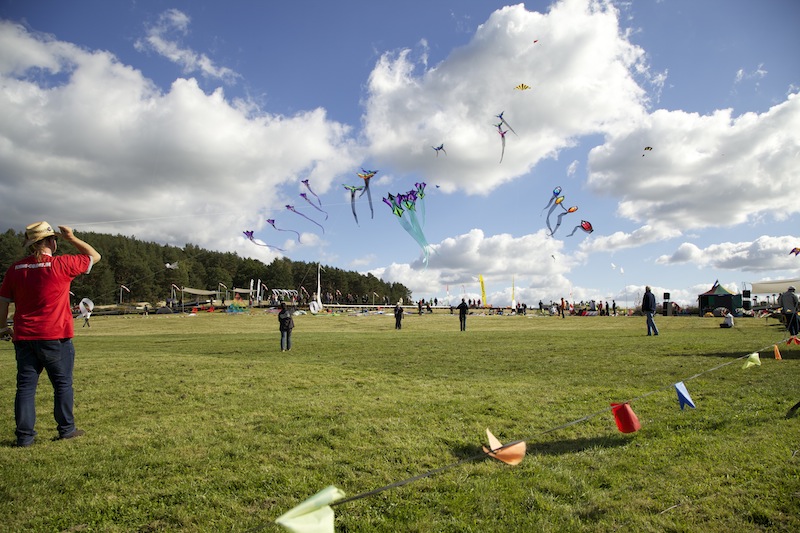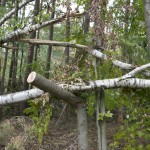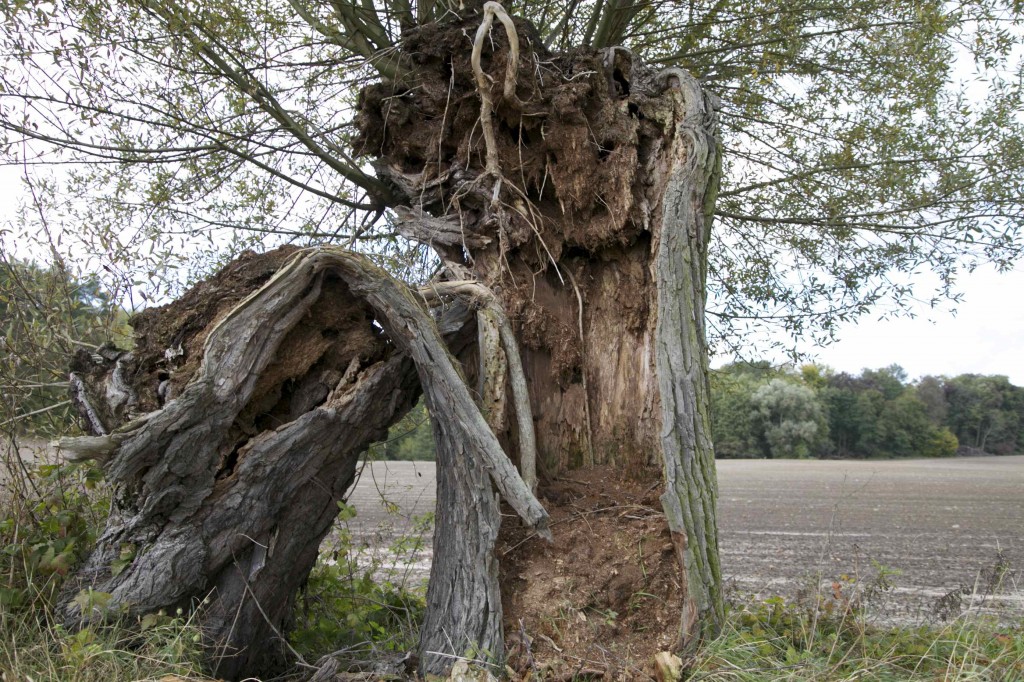CLEAR AUTUMN SKY AND A KITE FESTIVAL IN STÖLLN, BRANDENBURG, GERMANY (VIDEO)
End of September is a good time for kites. Sunday, September 27, was a day with a clear blue autumn sky and some wind. Compared to the heat-wave in Summer September and October was cold in Middle-Europe. It was also not much rain. The drought which lasts now for months became a problem for some farmers. “Kite-Pilots” and families however certainly enjoyed the weather and gathered in Stölln, which is west of Berlin for a kite-festival. Artists came from everywhere, even from Tasmania. The “Gollenberg”, a hill in the “Westhavelland”, has also a very special history. Pioneer Otto Lilienthal made his first experiments with his gliders here. Unfortunately he also had a deadly accident on the Gollenberg. Today, the Gollenberg is an air glider airfield and was host of the German Gardening Exhibition BUGA in 2015. Foremost its an excellent viewpoint. Visitors can look really far. The clear autumn air allowed to enjoy the panorama. There is also a traditional weather-station on the “Gollenberg”. West of the “Gollenberg” are the rivers Havel and Elbe. From this little hill the typical lowland of the North of Germany could be studied. Its interesting that standing on the Gollenberg does indeed feel a bit like standing on a mountain, even its a small hill. But the thing that the whole surroundings are very flat, like in the Netherlands and therefore looking down from the Gollenberg appears maybe higher than the hill actually is. 



 On top of hill is a memorial for Otto Lilienthal, which is a 20 minutes foot walk from the airfield. There is also very interesting vegetation on this hill. Unlike the surrounding meadows and wetlands close to the river Havel, the hill is a sandy hill with dry meadows. The impression is a bit like standing on one of the dunes at the Northern Sea. In the Westhavelland is also the first dark sky park of Germany due to its excellent conditions for astronomers. In the village of Stölln there is a Otto-Lilienthal-Museum telling his life-story.
On top of hill is a memorial for Otto Lilienthal, which is a 20 minutes foot walk from the airfield. There is also very interesting vegetation on this hill. Unlike the surrounding meadows and wetlands close to the river Havel, the hill is a sandy hill with dry meadows. The impression is a bit like standing on one of the dunes at the Northern Sea. In the Westhavelland is also the first dark sky park of Germany due to its excellent conditions for astronomers. In the village of Stölln there is a Otto-Lilienthal-Museum telling his life-story.  Video shows some coverage of the day of the kite-festival and the scenic view from the top of the Gollenberg hill.
Video shows some coverage of the day of the kite-festival and the scenic view from the top of the Gollenberg hill.







